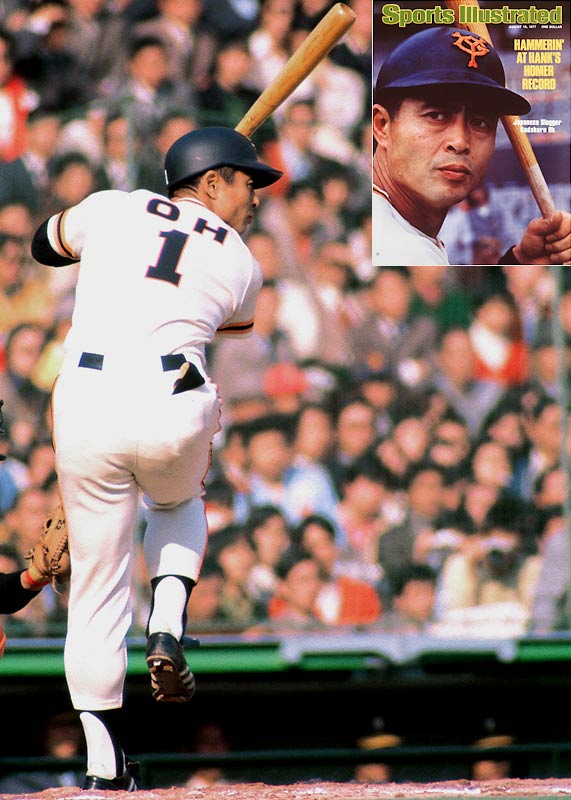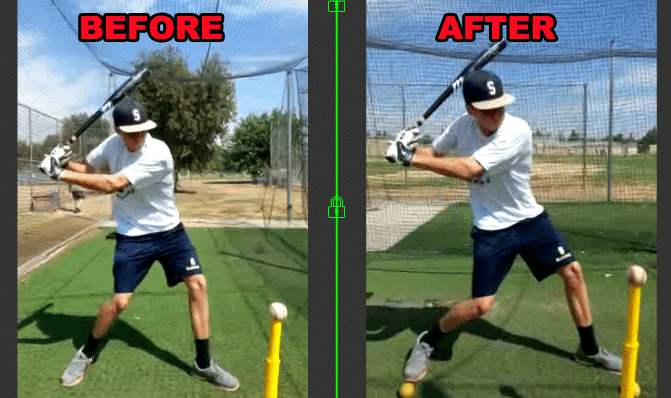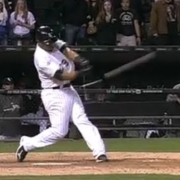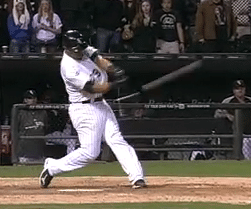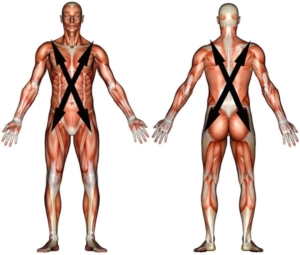Do ONLY strong baseball, fast-pitch, and slow-pitch softball players hit farther home runs? And how far? Can an “average” person hit home runs? See how 14u small slugger Hudson White beat BIG slugger Blaze Jordan in the Power Showcase home run derby. Learn Sadaharu Oh lessons on how to hit the first homer.
Sadaharu Oh: 5’10” 173-lbs, 868 Dingers Over 22-Years – How?
According to Baseball-Reference.com, the “Barry Bonds” of Japanese baseball, Sadaharu Oh:
- Is 5-foot, 173-pounds, and
- Hit 868 homers in 22 years (that’s almost 40/season!!)…
How did he do this?
Sadaharu Oh Analysis: Your Mission, if you Choose to Accept it…
Watch the above hitting footage, and identify – what you think – are the two most critical things contributing to his consistent power at the plate over a 22-year span.
Of course, Sadaharu Oh probably wouldn’t have put up those kind of numbers against today’s Major League pitchers. BUT still…his body type…that many homers…for that long???!
Also, did you know he has a hitting book out? It’s called “A Zen Way Of Baseball”.
SCIENCE-BASED TRAINING:
Improve your hitting strategy dramatically by applying human movement principles.
Learn not only how and what to train but also the science behind the methods.
I had an interesting conversation about Oh with one of my colleagues about if he were playing today, and was recruited over to the MLB, that coaches/instructors would probably make him a slap happy version of Ichiro Suzuki.
This actually makes A LOT of sense when you look at conventional American baseball/softball wisdom to make a “small left handed hitter” into a situational ground-ball inducing machine. There NEVER would have been a “Sadaharu Oh”!
I agree there are roles to play in a lineup, and of course there’s a time and place for situational hitting, but if we taught ALL our hitters effective hitting mechanics, then what kind of metrics could a small slugger put up in-between?
Could we have a Dustin Pedroia-type who hits a 162-game average 15 dingers and 44 doubles?! In addition, to be a bunting, hit-and-run, move ’em over extraordinaire! Why can’t EVERY hitter experience repeatable power…?
A couple things to keep in mind when analyzing and commenting:
- Use human movement science as a rule of thumb (un-weighting, spinal engine mechanics, springy fascia, etc.),
- Be open minded and positive in the comments (no “spitting” on someone’s shoes PLEASE),
- Clarify by giving a “time stamp” in the video to see what you may be talking about…
You can post your thoughts in the “Leave a Reply” section below…


